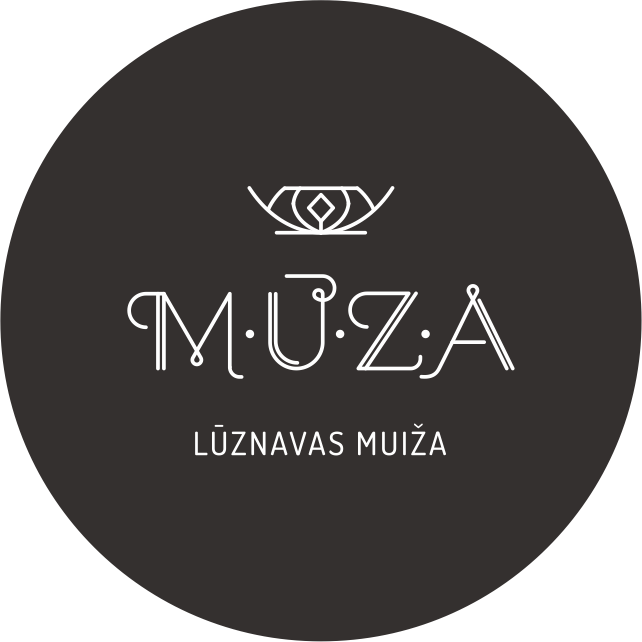HYSSOP
Latvian: Izops ārstniecības
German: Ysop
Swedish: isop
Estonian: harilik iisop
Lithuanian: vaistinis isopas
Russian: иссоп лекарственный
Height 0.4-0.5m. Flowering time VII-IX. Flower color: purple blue. In Latvia, it is
grown in gardens as a herb, oven herb, medicinal plant. Fast-growing, drought-
resistant, winter-hardy.
Hyssop leaves and flowers are used as a seasoning for meat and game, as well as
for flavoring drinks. In Eastern countries, hyssop is a mandatory addition to sherbert,
apparently for its antiperspirant properties. In medicine, hyssop leaves are used,
which are collected during the flowering of the plant. The plant is cut or mowed, the
woody trunk parts and damaged leaves are separated. Dry under normal conditions
or in a dryer, not exceeding 35°C.
APPLICATION
The drug has an expectorant, sedative, antispasmodic and antiseptic effect. It
stimulates the appetite, facilitates the elimination of gases from the body, prevents
low arterial blood pressure, and reduces sexual desire.
The infusion is used for the treatment of chronic bronchitis, bronchial asthma,
together with other expectorant drugs in children, against coughing at night, against
excessive sweating in patients with pulmonary tuberculosis and women in the
climacteric period, against chronic inflammations in the gastrointestinal tract, for
improving digestion.
Externally, hyssop infusion compresses accelerate the absorption of subcutaneous
hemorrhages, while baths with an infusion additive are recommended for eczema
patients. Hyssop is not recommended for long-term use as it can cause
convulsions.
It should not be used by pregnant women. In epileptics, the smell of hyssop can
trigger seizures, so either it should be used only under medical supervision or it
should be avoided.
fitoterapija.lv
Augu katalogs ir tapis ar Eiropas Savienības finansiālu atbalstu Pārrobežu sadarbības programmas 2014.–2020. gadam projekta LVIII-062 “Versts of Feelings 2” ietvaros


